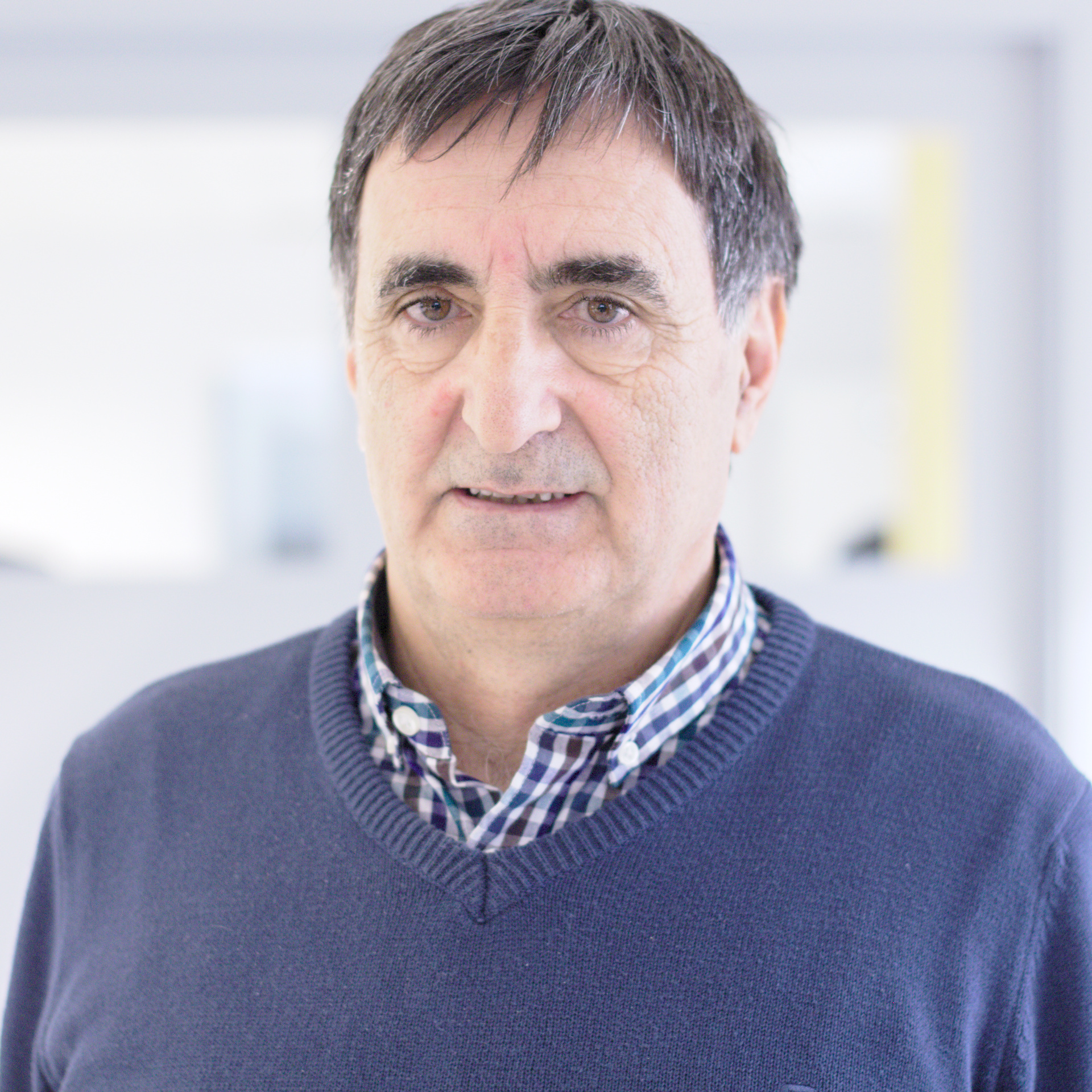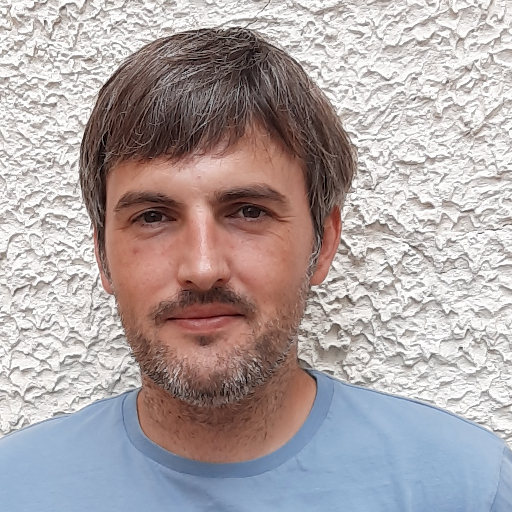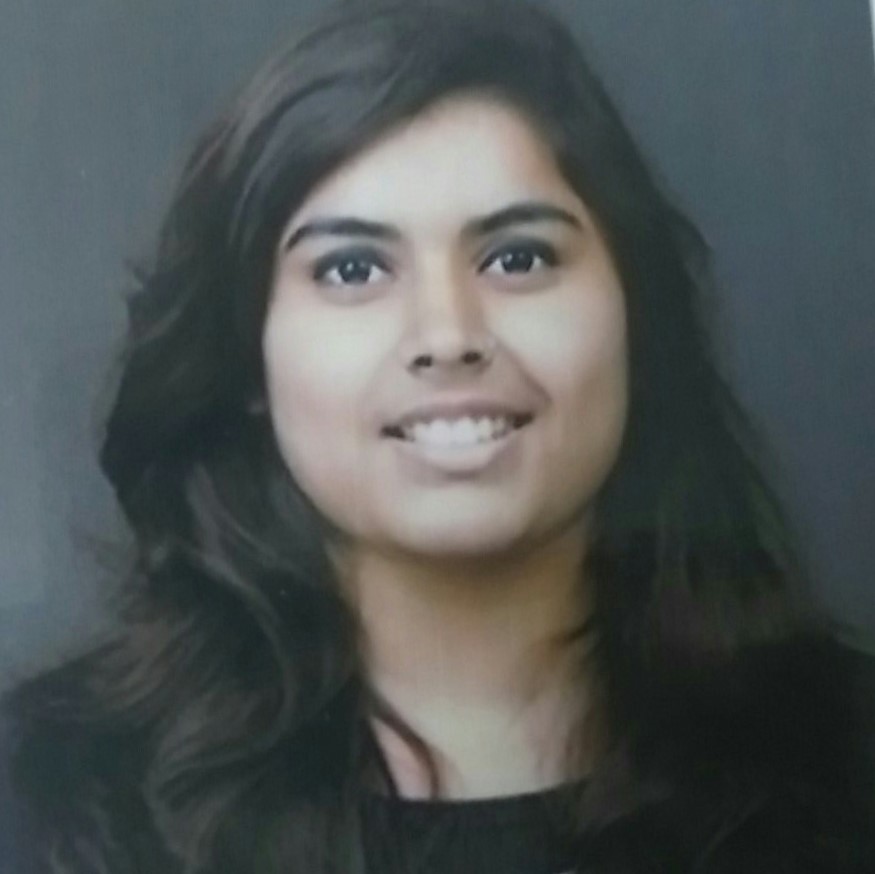A Project coordinated by IIIA.
Principal investigator:
Collaborating organisations:

Astrophysics are interested in the observations of remote objects in the X-ray spectrum. But X rays are blocked by the upper atmosphere, then it is necessary to use telescopes installed on artificial satellites.
ATHENA X-ray Observatory is a mission of the European Space Agency (ESA) science program (2014), to be launched in the early 2030s. ATHENE will contains X-IFU X-ray Integral Field Unit, that is, a cryogenic X-ray spectrometer, based on a large array of Transition Edge Sensors (TES):
- Range: 0.2 – 12 keV
- Spectral resolution: 2.5 eV
- Time resolution: 10μs
- Field of view: with 5’’ pixels, over a of 5 arc minutes (0.083 degrees) in equivalent diameter.
The Institute of Physics of Cantabria (IFCA) participate in the Horizon 2020 (Integrating and opening research infrastructures of European interest) project AHEAD2020: Integrated Activities for the High Energy Astrophysics Domain. Task14.4, coordinated by Maite Ceballos (IFCA), Machine learning techniques for micro-calorimeter data-reduction, include a prospective analysis of the different machine learning techniques applicable to the triggering and reconstruction of the X-IFU current pulses aimed at improving S/N and energy resolution, comparing its performance with already established traditional techniques such optimal filtering, using figures of merit like the energy resolution or the processing requirements.
IIIA collaborates in this task offering its knowledge and experience in Artificial Intelligence to deal with a noise signal containing X-ray pulses of different shapes and sometimes overlapping. We are working with synthetic and real signal and we are designing algorithms to detect the pulses, to separate them when overlapping, and to measure the energy of each pulse. We are exploring machine learning techniques as mainly CNN and also SVM. We have to take into account that it is not possible to send all the data to earth implying that the detection and analysis has to be made on board with very limited computational resources.

Temporary position for missing people

Tenured Scientist

Contract Researcher

Master Student